The Rare, Sweet Bread That Brings Road-Trippers to a Small Georgian Village
Nazuki, a traditional Easter bread, has become a year-round specialty in Surami.
Along a stretch of highway between Georgia’s capital of Tbilisi and the western city of Kutaisi, a scattering of buildings make up Surami. This small village in the Kartli region has 3 kilometers (2 miles) of road lined with over 50 wooden huts all selling the same thing: nazuki, a sweet, spiced bread sold almost exclusively in this town. Signs along the roadside advertise names, hut numbers, and the deal each baker offers; and no road trip through the area would be complete without pulling to the side of the road to buy an armful of fresh, warm bread.
Standing in the back of hut number two, Tamara Tabatadze places unbaked nazuki into her cylindrical tone oven. Once they are all stuck to the sides, she brushes them with an egg wash mixed with vanilla and cloves. Then, she throws a handful of powder into the oven, releasing a puff of white smoke, and quickly covers its opening with a heavy cloth. This powder is her magic touch, a cloud of sugar to caramelize the outside of her nazuki. Two minutes later, she pulls out fluffy bread fragrant with the aromas of cinnamon, cloves, and nutmeg, and studded with carefully-placed raisins.
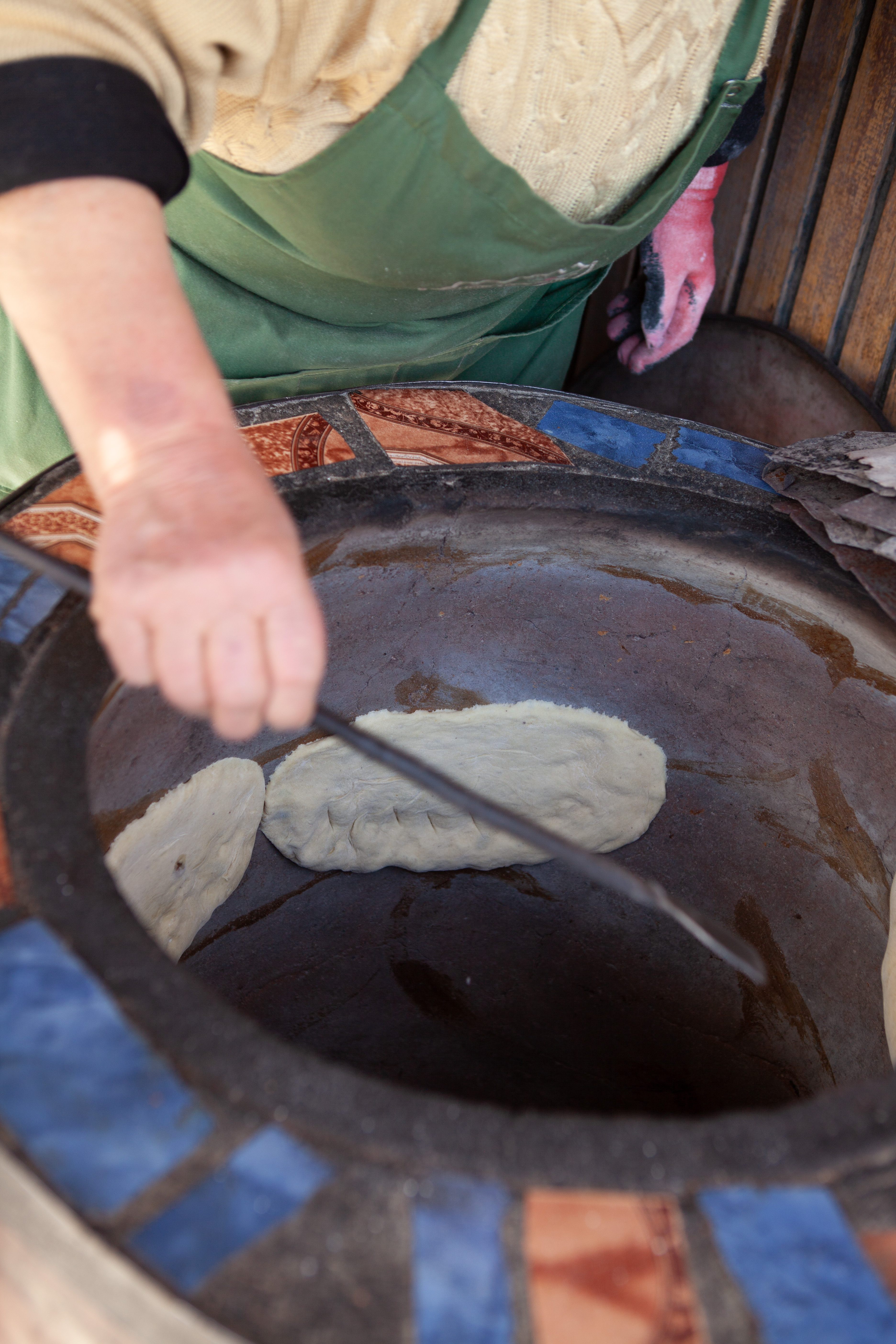
In Surami, nazuki recipes are almost matrilineal heirlooms. “We had a family recipe, and it’s much more delicious than other recipes,” Tabatadze says, gathering up bags of spices to illustrate her point. “It’s gone from my grandma, to my mum, and now me.” Although each individual baker or family has their own version, the basic formula for Surami nazuki is the same. Flour, milk, sugar, butter, and yeast are mixed with raisins and spices like cardamom, nutmeg, cloves, and cinnamon to create a flavor reminiscent of a British hot cross bun. Some bakers add condensed milk, others add matsoni, a type of local yogurt. Everyone shapes the dough into a flattened bean-like oval and glazes it before baking it in a tone.
Although other regions bake nazuki, this chestnut-brown loaf is what most Georgians now picture as nazuki. “Because of Surami, nazuki have become more popular over time,” says Alexander Kavtaradze, a cultural anthropologist and lecturer at Ilia State University in Tbilisi.“These days most people would associate nazuki immediately with Surami.”
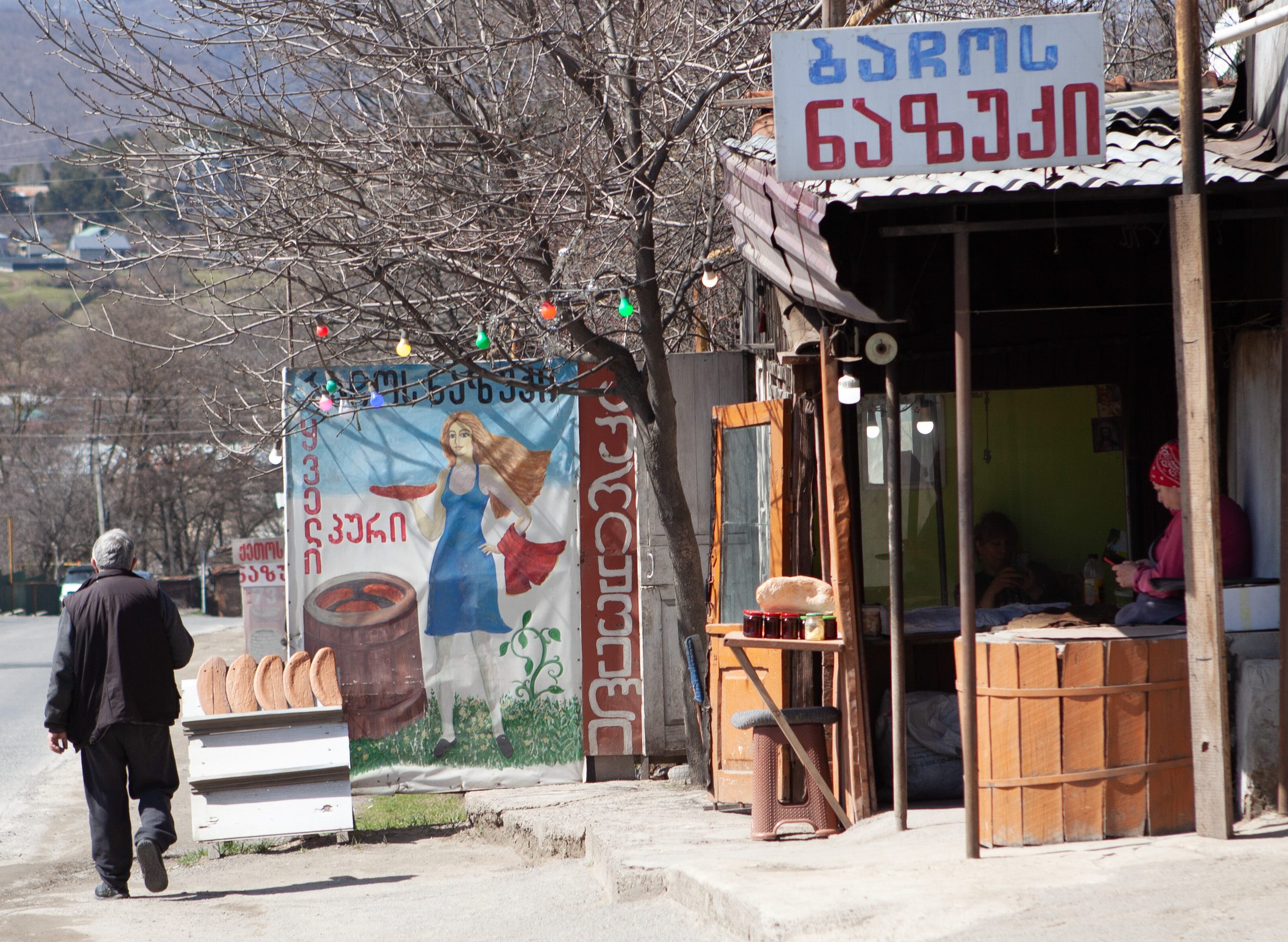
Though Surnami’s nazuki has become the standard, the origins of the basic recipe are harder to pin down. It may have Persian roots: The name nazuki derives from the Persian word naazuk, نازک, which can mean “tender” or “delicate.” “Iranian influence has been quite significant in Eastern Georgia, and specifically in Kartli,” Kavtaradze says, “to the point that some of the smaller traditions and customs, and many of the cultural influences, came from Iran.” Nazuki bear more than a passing resemblance to the Iranian sweet bread, sheermal, also full of raisins and spices.
Despite the murky cultural and geographic origins of the recipe, what is certain is that the first nazuki were baked as celebration bread in the Kartli region. “According to traditional ‘laws,’ we only bake nazuki for Easter,” Tabatadze says as she flips a loaf of nazuki out of her tone. Nazuki were originally made for Easter, rather than Christmas, because “in the Eastern Christian tradition, Easter is the main religious holiday,” explains Kavtaradze. They are a delicious way of marking the end of the 40-day Lenten fast during which practicing Orthodox Christians must abstain from dairy products, like the ones found in nazuki, as well as meat, fish, wine, and oil. This year, families in Kartli are preparing their nazuki for Orthodox Easter on May 5.
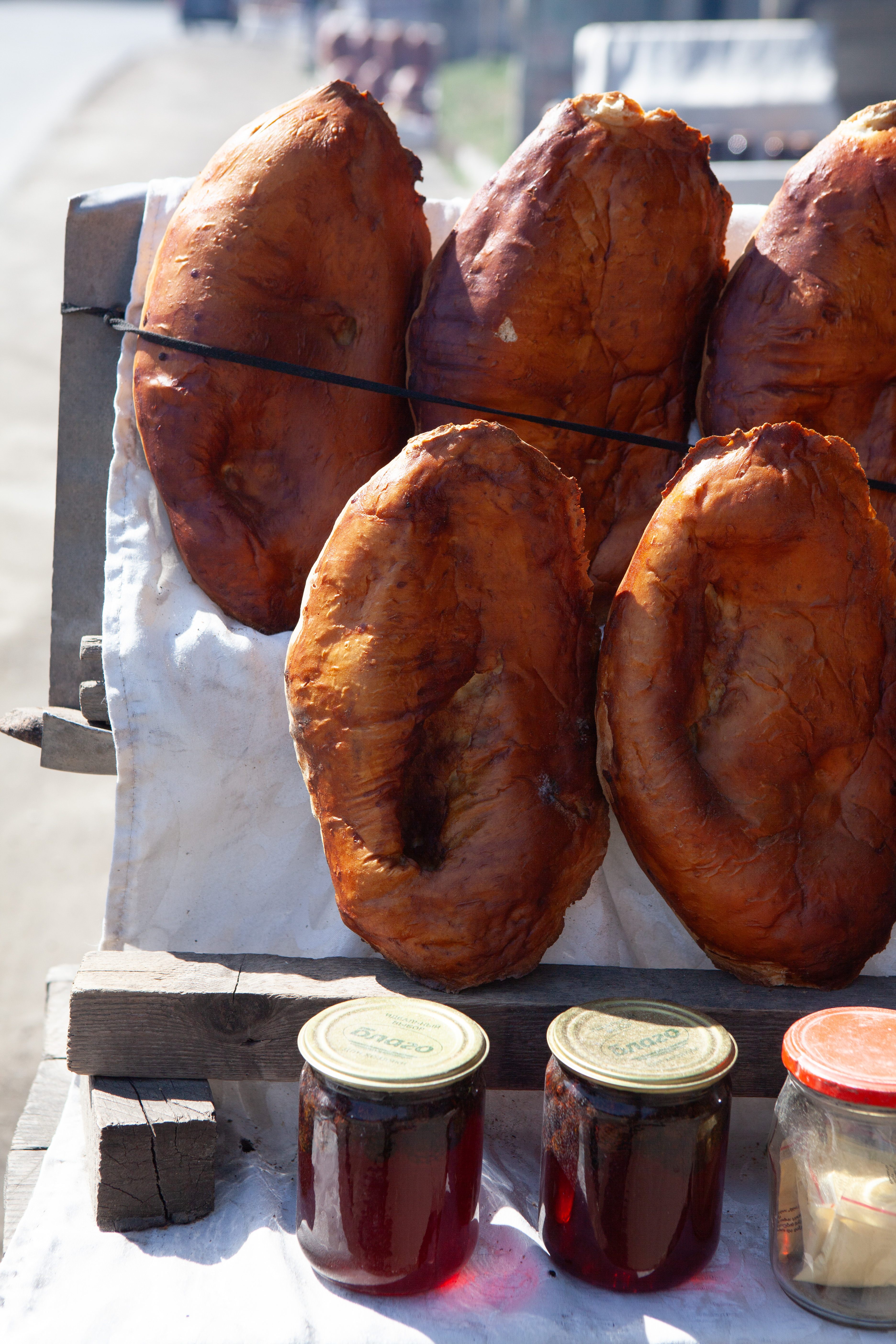
Tabatadze, who has been baking along the highway for around 20 years, claims that nazuki’s journey from Easter specialty to year-round roadside treat began with her grandmother, Liana. “She was already baking, but it was only bread and cheese. Then one year on Easter, she decided to make nazuki on the side of the road and some people stopped and bought them.” Her grandmother made a profit and continued selling nazuki year-round. Soon, other bakers followed her lead and the strip of roadside bread vendors gradually expanded and started selling sweet bread.
Surami’s popularization of nazuki has changed the tradition and its origins as a celebratory Easter bread have been largely forgotten outside of the Kartli region. In Georgia today most people celebrate Easter with paska, a panettone-like sweet bread, while nazuki have become a phenomenon tied to Surami and the road trip. “In my mind I always associated nazuki with Surami. And that’s the case I think for most Georgians these days,” says Kavtaradze. “In Surami’s case, for everybody or almost everybody who passes, though it’s almost a tradition for them to stop and buy a nazuki or two on their way either to the West or coming back from there.”
Gastro Obscura covers the world’s most wondrous food and drink.
Sign up for our regular newsletter.



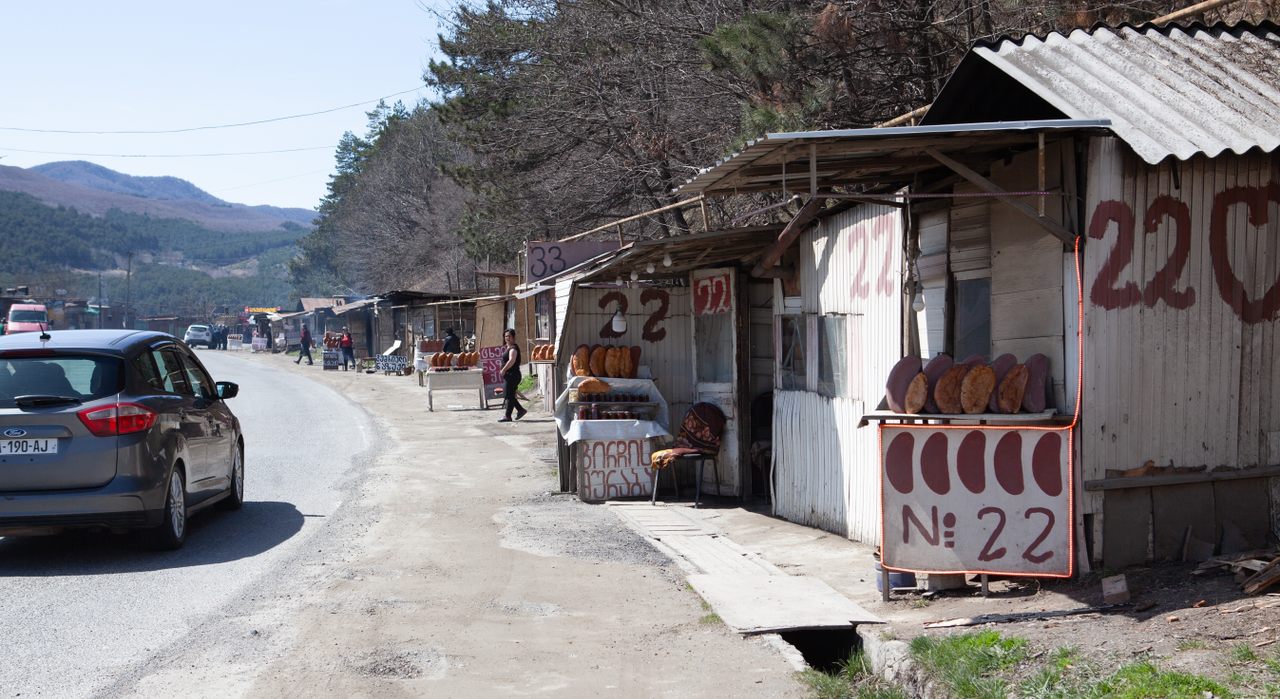
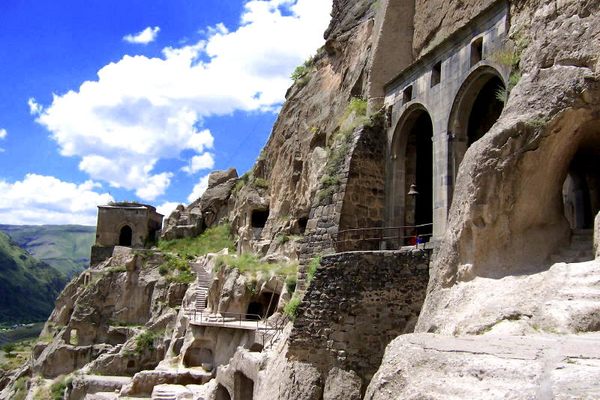

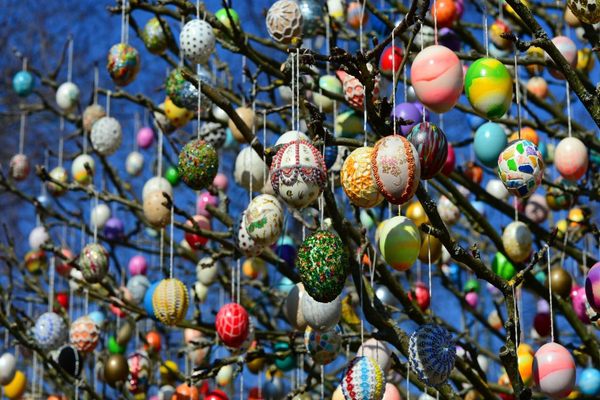

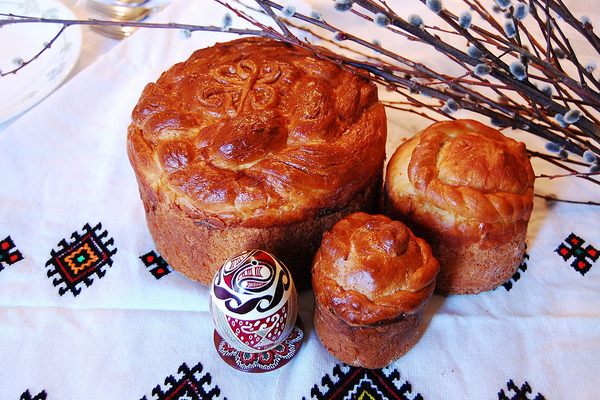





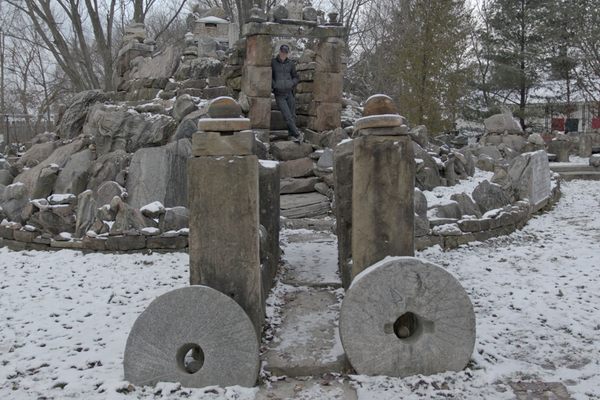












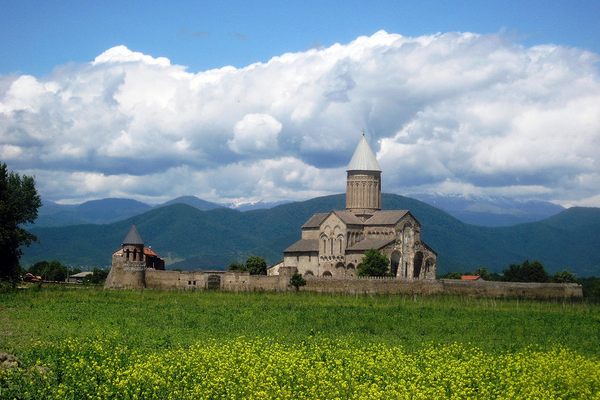






Follow us on Twitter to get the latest on the world's hidden wonders.
Like us on Facebook to get the latest on the world's hidden wonders.
Follow us on Twitter Like us on Facebook